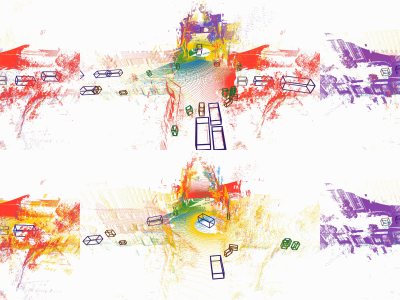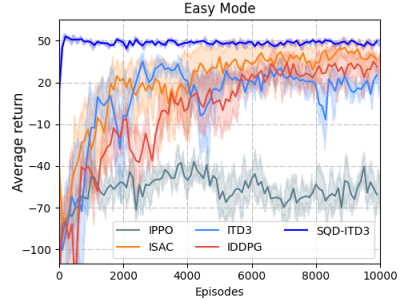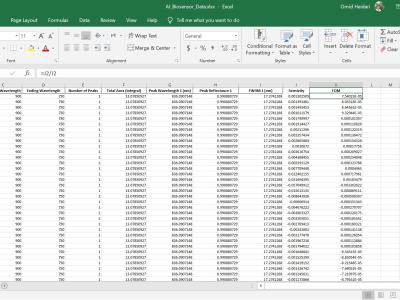
With the increasing uncertainties introduced by intermittent renewable energy sources, as a critical decision-making tool for power system operations, security-constrained unit commitment (SCUC) provides an efficient solution for economically and robustly responding to the changes in the power system operating state. In this study, a graph reinforcement learning (GRL)-based approach is proposed to address the day-ahead SCUC problem, incorporating alternating current (AC) power flow constraints.
- Categories:




